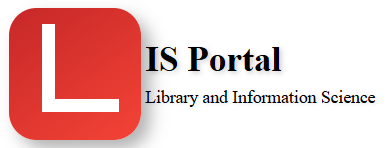Web of Science Quiz
1. When was Web of Science originally launched?
Answer: B) 1997
Web of Science was originally launched in 1997 by the Institute for Scientific Information, now owned by Clarivate.
2. Which of the following is NOT one of the citation indexes available in Web of Science?
Answer: C) Humanities Citation Index (HCI)
Web of Science includes the Arts & Humanities Citation Index (AHCI) but not a Humanities Citation Index (HCI).
3. Who is credited as the “father of citation indexing” and launched the Science Citation Index, which led to Web of Science?
Answer: A) Eugene Garfield
Eugene Garfield is credited with launching the Science Citation Index, which ultimately led to the creation of Web of Science.
4. How many records are available in the Web of Science Core Collection as of the latest update?
Answer: A) 79 million
The Web of Science Core Collection currently contains 79 million records.
5. Which company currently owns Web of Science?
Answer: C) Clarivate
Web of Science is currently owned by Clarivate, a global information and analytics company.
6. Which of the following search methods does Web of Science employ?
Answer: A) Citation indexing
Web of Science employs citation indexing, which tracks how research papers are cited and enables users to trace influence, impact, and trends across disciplines.
7. Which of the following is one of the regional citation indices hosted by Web of Science?
Answer: A) SciELO Citation Index
Web of Science hosts regional citation indices such as SciELO Citation Index, covering Latin American and other regions.
8. What is one of the main benefits of citation indexing according to Eugene Garfield?
Answer: A) It helps identify research trends
Citation indexing helps to track and identify current trends, patterns, and emerging fields in research.
9. What year did Web of Science introduce its Century of Social Sciences service?
Answer: B) 2009
In November 2009, Web of Science introduced the Century of Social Sciences, tracing social science research back to the 20th century.
10. Which of the following is true regarding the coverage of Web of Science?
Answer: B) It indexes over 12,000 high-impact journals
Web of Science covers over 12,000 high-impact journals and includes content from various disciplines, including the sciences, social sciences, and humanities.
